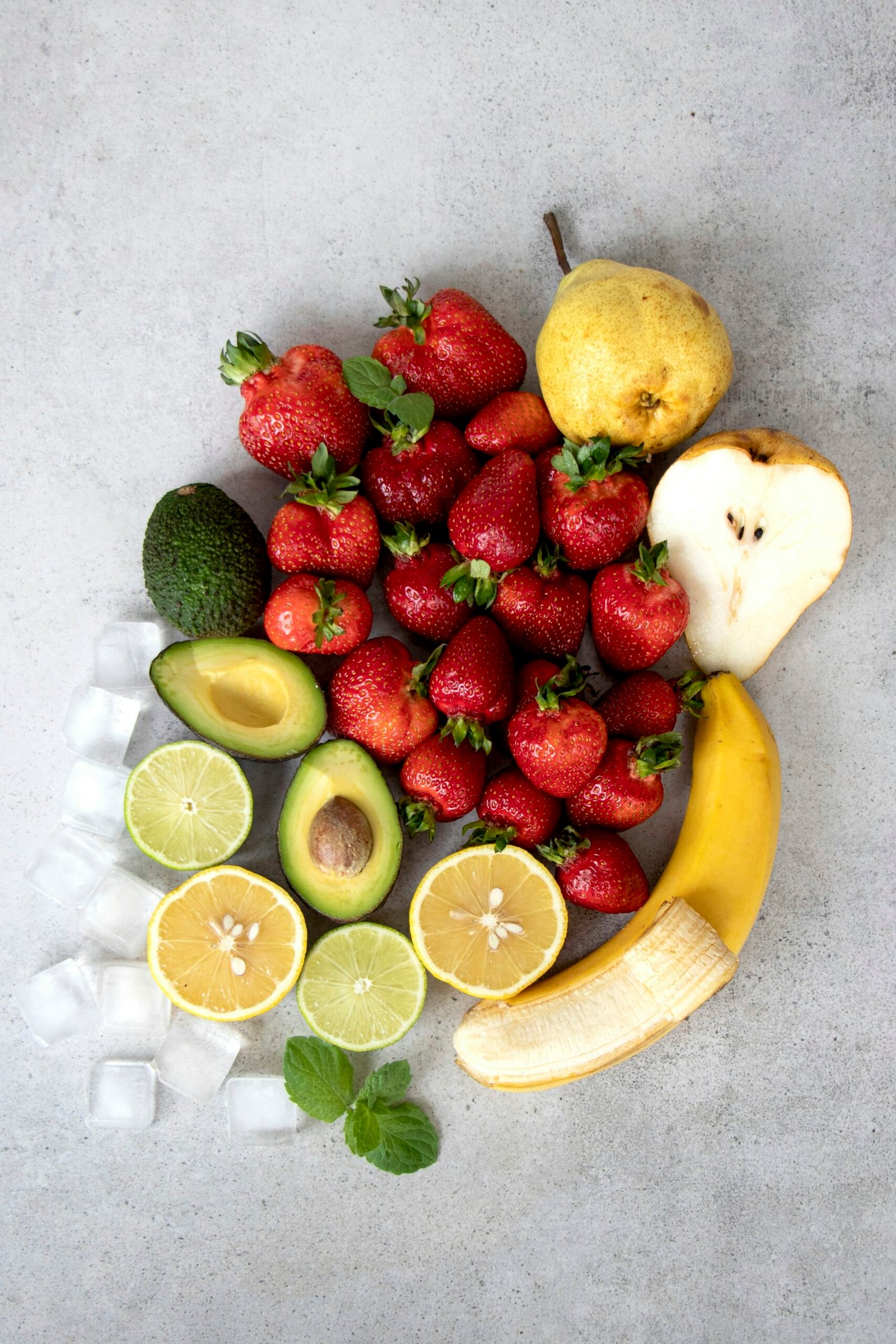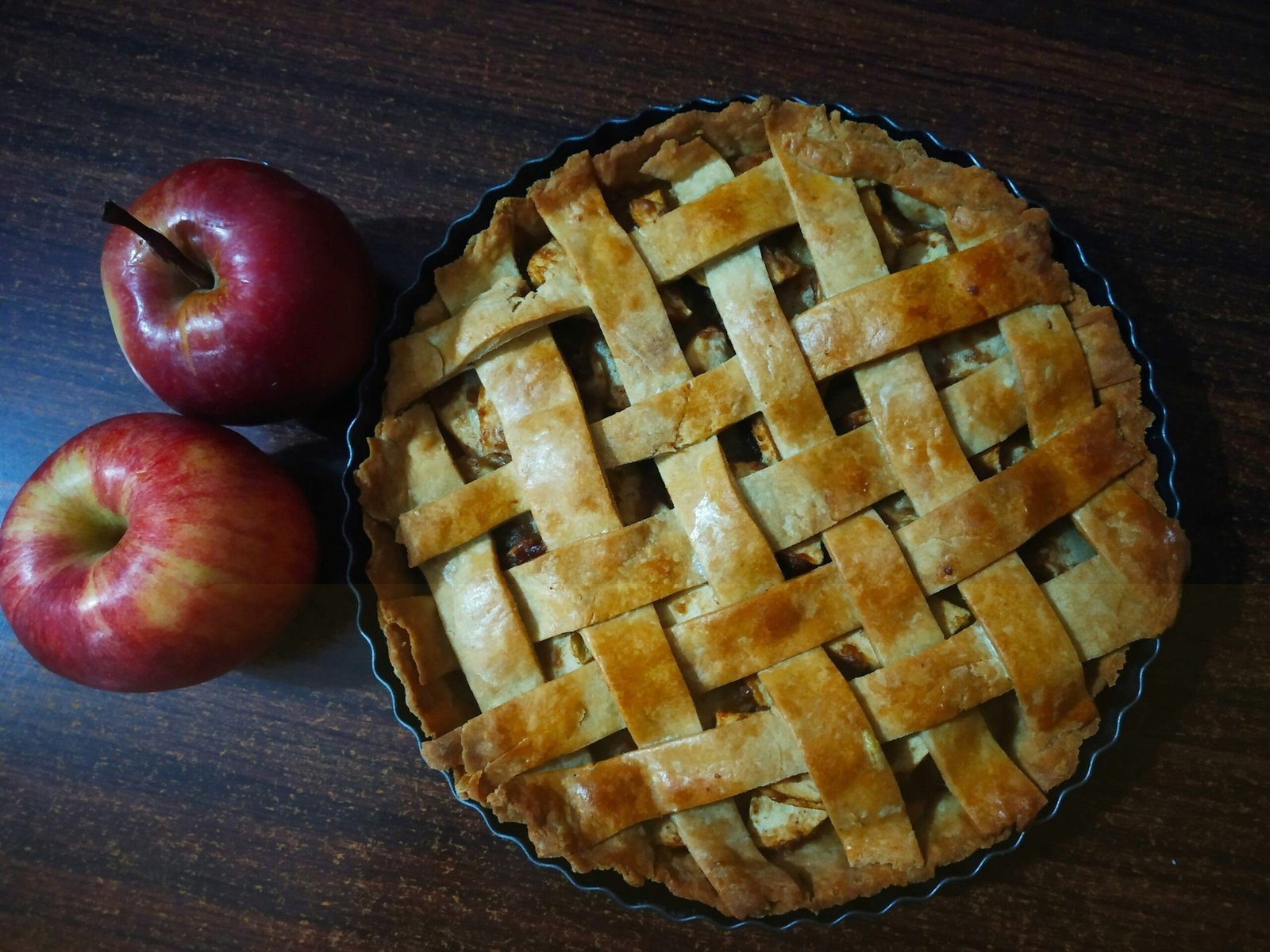Have you ever wondered about the impact certain foods have on your health, particularly those rich in oxalates? Understanding high-oxalate foods is important for anyone managing health issues related to oxalate intake, such as kidney stones. This guide will walk you through the top 10 high-oxalate foods to avoid, helping you make informed dietary choices. Maintaining a balanced diet is crucial, and sometimes reducing or avoiding certain foods can make a significant difference in your well-being. Let’s take a closer look at what high-oxalate foods are and why it might be beneficial for you to steer clear of some of them.

Understanding Oxalates
Before diving into the list of high-oxalate foods, it’s essential to understand what oxalates are. Oxalates are naturally occurring compounds found in many plants. While they are a regular component of a typical diet, in excessive amounts, they can lead to health issues. Oxalates bind to minerals like calcium in the gut, which can then form crystals. For some individuals, these crystals can lead to the formation of kidney stones. Knowing which foods are high in oxalates can help you manage your intake and potentially avoid associated health pitfalls.
The Health Connection
In certain individuals, consuming a lot of oxalate-rich foods can contribute to the development of kidney stones. If you’ve had kidney stones in the past or are at risk, your doctor might suggest that you follow a low-oxalate diet. Even for those without a history of kidney stones, understanding oxalate content in food can be valuable. Some studies suggest that high oxalate consumption could also play a role in other health conditions, though more research is needed in those areas.
Recognizing High-Oxalate Foods
Now that you have a background on what oxalates are and how they can affect your health, let’s explore the top 10 high-oxalate foods to be cautious of. By identifying these foods, you can make better dietary choices that align with your health goals.
1. Spinach
Spinach is often celebrated for its nutritional benefits, but it’s also one of the highest in oxalate content. While it provides essential nutrients like iron and calcium, its oxalate levels can be concerning if you’re managing your diet to prevent kidney stones. Steaming spinach rather than eating it raw can reduce oxalate levels slightly.
2. Rhubarb
Rhubarb may remind you of a delicious pie, but it’s another food high in oxalates. Both its leaves and stalks carry a significant amount of oxalates, although the leaves are not typically consumed due to their toxicity. If you’re someone who enjoys rhubarb desserts or jams, it might be worthwhile to consider alternative ingredients.
3. Almonds
Almonds are a popular snack and a source of protein and healthy fats, but they are also high in oxalates. If you’re snacking on a handful of almonds regularly or using almond-based products, it’s important to keep track of how it might contribute to your oxalate intake.
4. Beets
Beets are often lauded for their vibrant color and numerous health benefits. However, they are quite high in oxalates. Whether you’re eating beets raw, roasted, or in juice form, it’s important to be mindful of their oxalate content, especially if you’re prone to kidney stones.
5. Sweet Potatoes
Sweet potatoes are another nutritious food choice that happens to be high in oxalates. They are a rich source of vitamins and fiber, but if you’re managing a low-oxalate diet, you might need to limit your intake or switch to alternative types of potatoes.
6. Nuts and Nut Butters
Almonds aren’t the only nuts high in oxalates. Cashews, hazelnuts, and peanuts also contain high levels, as do their corresponding butters. If nuts are a significant part of your diet, consider choosing those with lower oxalate content or reducing your portion sizes.
7. Chocolate
For chocolate lovers, there’s some bittersweet news: chocolate is high in oxalates. This includes cocoa powder and chocolate bars. If chocolate is a regular treat for you, it might be time to look for other ways to satisfy your sweet tooth.
8. Bran Cereals
Bran cereals are often recommended for their fiber content, which is great for digestive health. However, they are also high in oxalates. If breakfast cereals are a primary source of dietary fiber for you, seek out alternatives with lower oxalate levels.
9. Soy Products
Soybeans and products derived from soy like tofu and soy milk are high in oxalates. These are common choices for those following a plant-based diet or seeking non-dairy alternatives, so being aware of their oxalate content is important for dietary planning.
10. Black Tea
Ending your day with a comforting cup of black tea is common, but it’s worth noting its contribution to oxalate intake. If you consume multiple cups a day, this can add up, so monitoring and possibly reducing your intake could be beneficial.

Tips for Managing Oxalate Intake
Having identified these high-oxalate foods, you might be wondering how to manage your intake effectively. Here are a few tips to help you maintain a balanced approach.
Hydration is Key
Drink plenty of fluids, particularly water, to help your body process and eliminate oxalate efficiently. This is especially important if you’re prone to kidney stones, as adequate hydration can help prevent crystal formation.
Balance Your Diet
Incorporate a variety of fruits, vegetables, and proteins that are low in oxalates. This can help ensure you’re receiving necessary nutrients without the risk associated with high oxalate levels. Foods such as apples, broccoli, and melons are excellent low-oxalate options.
Consider Calcium Intake
Calcium can help bind oxalates in the gut, which prevents them from being absorbed into the bloodstream and forming stones. Including calcium-rich foods or considering calcium supplements (upon your doctor’s advice) can help manage oxalate absorption.
Cooking Techniques
Certain cooking methods can help reduce the oxalate content in food. Boiling vegetables, for example, can significantly decrease their oxalate levels. If you enjoy high-oxalate vegetables, cook them in ways that allow the body to handle oxalates better.
Consult a Registered Dietitian
Professionals can provide personalized advice based on your individual health needs. If you’re concerned about oxalate intake and its effects on your health, a dietitian can create a plan that accommodates your nutritional requirements while keeping oxalate consumption in check.
Understanding Labeling and Hidden Oxalates
Navigating food labels and understanding where oxalates may be hiding can empower you to make better food choices. Sometimes what appears to be a low-oxalate food might have been prepared or processed in ways that increase its oxalate content.
Hidden Sources
Be cautious with packaged and processed foods which may not explicitly list oxalate content. Foods such as instant soups, sauces, and meals may contain hidden oxalates due to ingredients like nuts, seeds, or certain vegetables.
Ingredient Substitutions
Look for foods and ingredients that can replace high-oxalate ones in your recipes without compromising flavor. For instance, use zucchini instead of spinach in recipes, or swap almond milk with rice or oat milk, which are lower in oxalates.
Reading Food Labels
Unfortunately, current food labeling doesn’t always disclose oxalate content. However, understanding the other content can be helpful—such as sodium, sugar, and fat levels—that might affect how you process oxalates in your body.

Other Health Considerations
It’s important to note that while oxalate management is crucial for individuals with specific health concerns, not everyone needs to strictly limit these foods. A balanced intake, based on a varied diet, is the key for most individuals.
Oxalates and Gut Health
Some recent research indicates that gut bacteria can play a role in processing oxalates. Having a healthy balance of gut flora might help control oxalate levels in your body. Probiotics found in yogurt and fermented foods can contribute to a healthy gut environment.
Overall Nutrition
Avoiding high-oxalate foods doesn’t mean you need to miss out on essential nutrients. Planning meals that emphasize a range of vegetables and proteins from low or moderate-oxalate sources can provide the nutrients necessary for energy, immune function, and general well-being.
Conclusion
Navigating the complexities of oxalate intake can be daunting, but understanding which foods are high in oxalates and considering your dietary habits can empower you to take control of your health. By being aware of the risks associated with high-oxalate foods, especially if you’re predisposed to conditions like kidney stones, you can make informed choices about what you eat. Incorporating plenty of fluids, balancing your intake with low-oxalate foods, and engaging with healthcare providers for personalized advice can support your journey to optimal health. Remember, it’s always about balance and making choices that align with your unique health needs.


